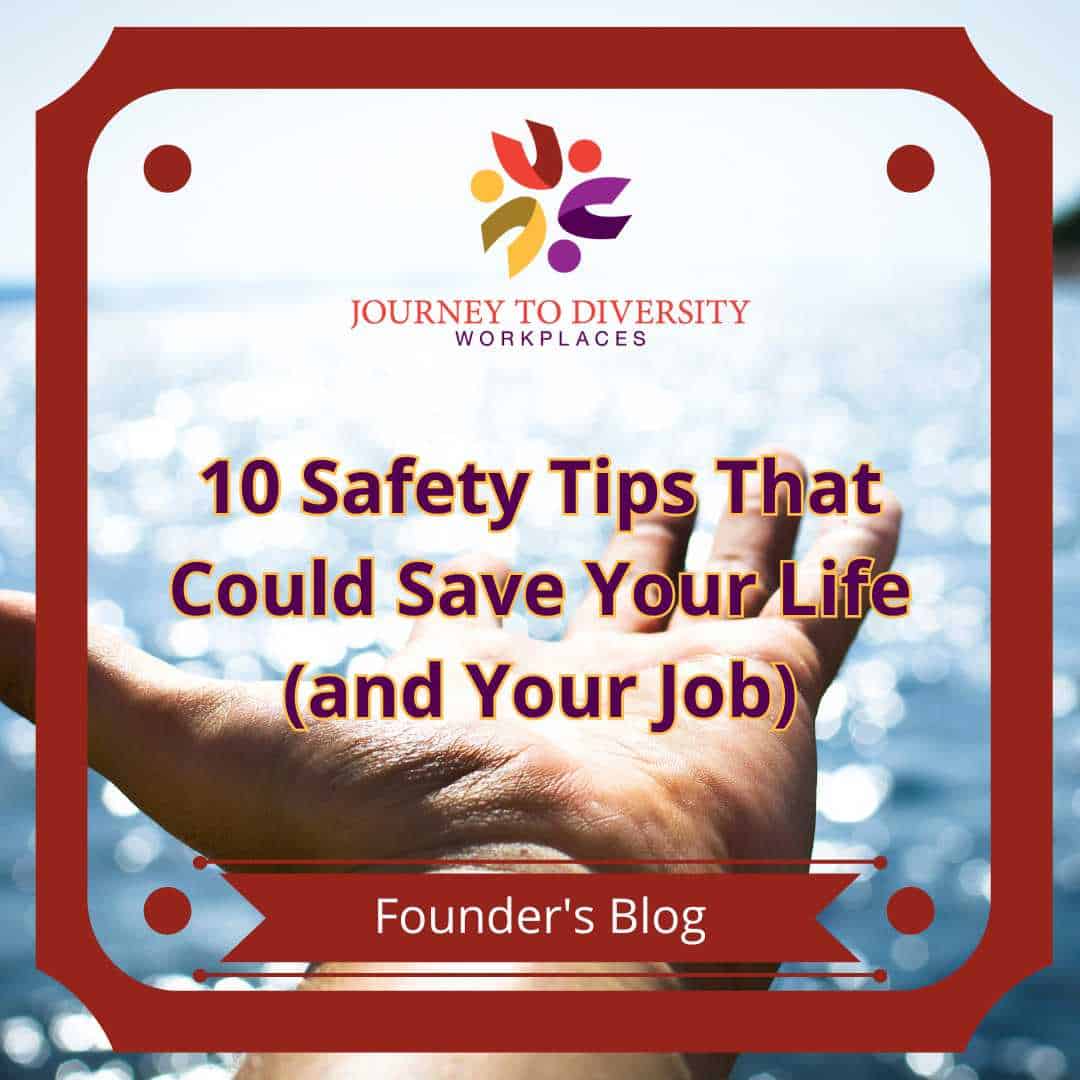 Meet Peter V. Tretter, a financial professional by profession and a tenacious advocate for diversity and inclusion in the workplace. Peter’s journey is one of perseverance and dedication, marked by his ability to overcome great obstacles with a belief that the odds are always in his favour.
Meet Peter V. Tretter, a financial professional by profession and a tenacious advocate for diversity and inclusion in the workplace. Peter’s journey is one of perseverance and dedication, marked by his ability to overcome great obstacles with a belief that the odds are always in his favour.
His life outside work is rich with activities that feed his soul and contribute to his community. He is an avid reader, a volunteer, an advocate for change, an arts enthusiast, and a movie lover. His organizational skills are impeccable, thanks to his trusty Google Calendar, which keeps him on task and organized.
Peter’s colleagues from his previous roles would likely highlight his exceptional ability to maintain customer satisfaction. Even when faced with the most challenging customers, Peter managed to keep a smile and resolve conflicts with grace.
In his last position within the banking industry, Peter felt a sense of empowerment, being able to perform his duties effectively within the constraints of a large corporate structure. This experience has shaped his management style, which is characterized by trust and autonomy. As a leader of a virtual organization, he values regular check-ins via email and virtual meetings, particularly with summer students, to ensure productivity while respecting their independence.
When it comes to fundraising, Peter views it as an essential aspect of non-profit work, akin to sales. Although not his strongest suit, he appreciates the zen-like quality of crafting social media posts or emails that contribute to a cause greater than oneself. He acknowledges the significant impact that even a few minutes of volunteering can have on an organization’s success.
Peter’s choice of entrance music would be “Hakuna Matatta” from The Lion King, a song that encapsulates his approach to life—no worries, and a focus on the positive.
As the Founder, President & CEO of Journey to Diversity Workplaces1, Peter is committed to transforming workplaces into spaces where diversity, respect, and harmony are not just ideals but realities. His vision for the future is clear: winning in all the right ways, with several businesses under his wing, all while treating everyone right.
Peter’s narrative is one of resilience, community service, and a relentless pursuit of creating an inclusive society. His story is a testament to the power of diversity and the impact one individual can have on the world around them. Thank you to all who volunteer and make a difference every day.












